"Rags to riches is probably not the right word, but he struggled as a young driver trying to make his way, he didn't have that family support a lot of other drivers have, because they weren't that keen on him racing, certainly his father.
"He was a grafter, an absolute grafter, and he was admired by many people, not just because of his ability behind the wheel, but in how hard he worked in reaching his dream."
Those are David Brabham's first words when asked by RacingNews365 for his thoughts on his Simtek Formula 1 team-mate Roland Ratzenberger, who was killed in a qualifying accident for the San Marino Grand Prix on April 30, 1994.
Ratzenberger's death, the first during a grand prix weekend for 12 years, stunned F1, but was overshadowed by events 24 hours later when three-time world champion Ayrton Senna was killed whilst leading the race in front of a global audience of millions.
This week's 30th anniversary of the events at Imola will be focused on the loss of Senna. But let us not forget a man, in just his third grand prix weekend after finally conquering his personal Everest, who could call himself a Formula 1 driver.
Viewed by others:
Roland Ratzenberger
Born in Austria in July 1960, a few months after Senna, Ratzenberger's path to F1 was far from straightforward.
In 1986, he won the prestigious Formula Ford festival at Brands Hatch, but there was no space for him on the next rung of the single-seater ladder, so he signed a touring car deal before heading to Japan in the early 1990s.
Against a field containing the likes of Eddie Irvine and Heinz-Harald Frentzen, Ratzenberger took seventh in the 1992 Japanese F3000 series, including a win from pole at Suzuka.
After gaining the backing of a wealthy Monaco businesswoman, Ratzenberger was finally able to move into F1 in 1994, with the small Simtek team, one of two new squads, alongside Pacific.
This pushed the number of cars entered for every weekend to 28, and with only 26 permitted to start a race, two would be non-qualifiers - a fate that befell Ratzenberger in the Brazilian season-opener.
For the next race in Japan, at Aida, Ratzenberger made it onto the grid and finished 11th.
"He was obviously happy that he qualified for the race after what happened in Brazil, and then to be able to finish was a big achievement for him," recalls Brabham.
"But it was a big achievement for the team as well because it meant that we had two finishes, and back then, finishing a grand prix was a bit like a victory.
"There was a lot of unreliability, and with a brand-new team, I thought it was quite a good achievement - the car wasn't fast, and there was very little that we could do.
"We didn't have the money to develop or have test teams, and so we were learning as we were going along, and the feedback the team received from Roland in Aida was valuable. It was good information to help us to continue to develop as we could, leading into the European season."
Imola weekend
That would begin at Imola, for the San Marino GP, but heading into the weekend, Ratzenberger was troubled with one aspect of his machine.
"Roland was new to carbon brakes, and was complaining about them," Brabham continues.
"He was slower than we all thought he should be, and he complained about the brakes at Imola, and the team asked me to jump in his car on the Friday to get a gauge of what I thought of the brakes.
"I went out, did a couple of laps and came in and said they were shit and needed changing and then straight away, he was feeling more confident and was right there with me, and it was like, 'Okay, this is what you would expect'."
Friday was blighted by the terrible accident of Rubens Barrichello that left him in hospital with minor injuries after his high-speed accident, but as F1 sighed a huge relief at the near-miss, its 12-year record of no deaths during a race weekend would come to a shocking end.
In Saturday qualifying, Ratzenberger had lowered his lap time to a 1:27.584s, which, he would never know, would have been enough to squeeze onto the grid in 26th following Barrichello's withdrawal and out-pacing Pacific's Paul Belmondo.
But the dogged Austrian opened up for another flying lap of Imola just after a kerb strike at Acque Minerali that damaged the front wing.
The accident
As the loads built up along the pit-straight and through the fast-left of Tamburello, the wing failed when Ratzenberger turned into the Villeneuve kink, becoming lodged underneath the front wheels - effectively making the Simtek uncontrollable as he bore down on an exposed concrete wall at 195mph.
The impact was recorded at 500G, the highest in F1. Ratzenberger was killed instantly on impact. He suffered three injuries, all of which could have been fatal, with a ruptured aorta, blunt trauma from suspension piercing the survival cell and the official cause of death, a basilar skull fracture. It was the same injury that would claim the life of NASCAR icon Dale Earnhardt Sr in 2001.
Recalling passing the scene at Tosa, Brabham says he knew immediately his team-mate was dead.
"It's strange, because until I saw a replay of his accident, I thought he was further back from the corner, but he was actually in the middle of the track," Brabham recalls.
"I knew it was him before I even got to him because there were parts of the car, the front wing on the main straight, and I saw the bits and thought 'They're purple, so that is Roland.'
"When I went around the outside of him, I looked and I just saw his visor and the way his head was, and my immediate reaction was 'He's gone.'
"That was my gut feeling, I looked and made a judgement."
Viewed by others:
A leap of faith
After the news was made official of Ratzenberger's death - the first during a race weekend since Riccardo Paletti at the 1982 Canadian Grand Prix - it was up to Brabham to pull the shattered team together.
Meetings with Bernie Ecclestone, Max Mosley and Simtek boss Nick Wirth followed that evening, with no pressure put on Brabham to race, but he felt he owed it to his fallen team-mate and friend.
"It was very difficult to know what to do because your brain all of a sudden is fried with emotion, it is in a state of shock," he says.
"There was no pressure to race from anybody, and Max, Bernie and Nick sat me down and said, 'The decision to race is entirely up to you', and I didn't know what to do.
"Half of me said, 'no' and the other half said 'yes'. I thought about it and decided to do the warm-up and then I would make a decision. I couldn't make it then as I was too emotional.
"We went quite well considering where we would normally be, and I don't know if they put half tanks of fuel in, but we were in the midfield.
"But the reason I decided to race was not because I wanted to, but because the team had a slight lift of the very dark black cloud. I sensed the change and thought, 'I've got to do this, I've got to keep this thing going'.
"I thought about what Roland would have said as well, 'What are you doing? You are a racer?' but I needed to be reassured that the team understood what the problem was, how they'd fixed it and that the same thing wouldn't happen to me.
"Nick was jumping all over the front wing, and said, 'Trust me, David, it is fixed'.
"I had to have that sense of faith in the team because if I had said, 'I'm sorry guys, I don't believe you', walked out and said 'I'm not driving', they would have accepted it, but it would have been another hit for the guys, so I had to have a leap of faith for the race."
In the grand prix, Brabham had a good fight for position with Eric Barnard in a Ligier, before a steering column failure, just before the section of track where Barrichello had crashed, ended his weekend.
The aftermath
Williams' Damon Hill was the other driver to lose his team-mate during that tragic weekend, but as Brabham recalls, the two did not discuss their experiences before the next race in Monaco.
The Australian, however, believes the loss of Senna helped Simtek in deflecting attention away.
"When you ask that question, it's like, 'Yeah, why didn't we do that?'," he says of talking with Hill.
"We had a very similar circumstance, but also very different. We lost one of the biggest legends of the sport and there was a lot to deal with.
"But what happened was that all the focus was on Roland leading up to when Senna died, and then all of a sudden, the focus went off Simtek, off David Brabham, and it turned and shifted to them.
"For us as a small team, it probably helped because if it hadn't happened, everyone would have kept talking about Roland, but all of a sudden, the pressure shifted to Williams."
So, does Brabham believe that his team-mate is forgotten?
"Roland is under the shadow, and that will never change," he reflects.
"He tags along with Senna, which is maybe not a bad thing because it does keep people talking about Roland, although that's 10 per cent of the time, compared to 90 per cent of the time around Senna, but he still gets mentioned.
"It is difficult to know the rights and wrongs of that, but it is what it is.
"He is under the shadow, and Formula 1 fans didn't really get to see Roland - they probably didn't know too much about Roland Ratzenberger until he died."
Don't miss out on any of the Formula 1 action thanks to this handy 2026 F1 calendar that can be easily loaded into your smartphone or PC.
Download the calenderMost read
In this article
Remembering Roland Ratzenberger and Ayrton Senna 30 years on RN365 News dossier
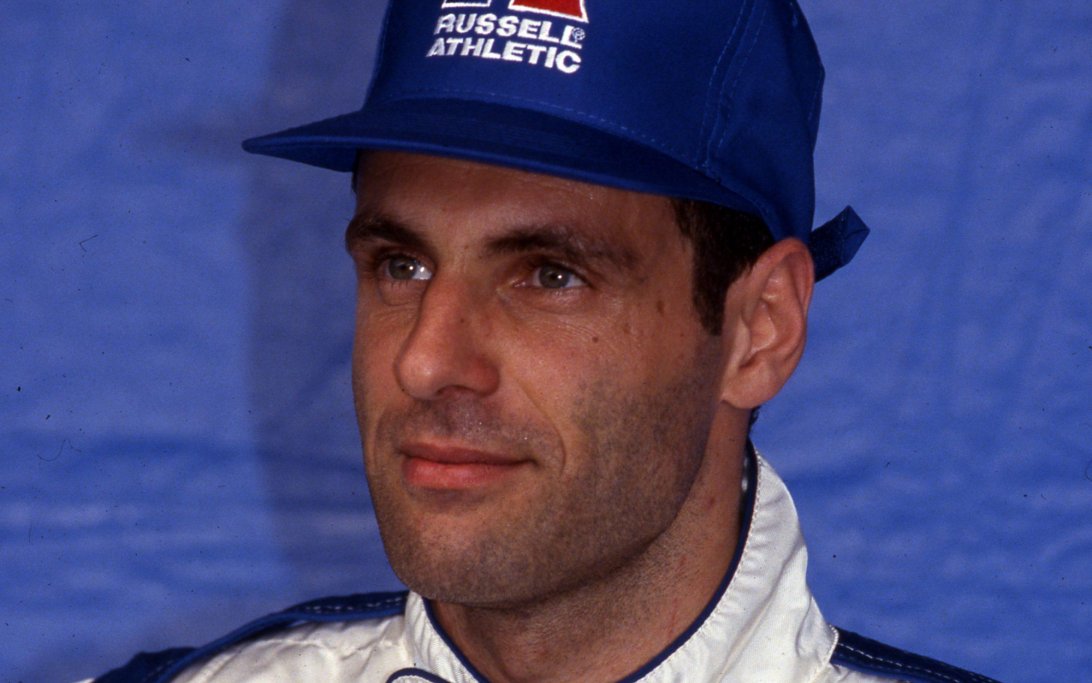
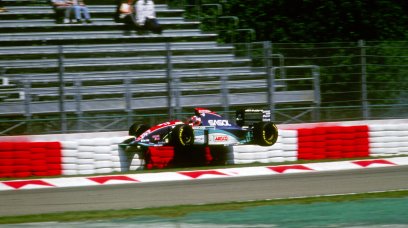
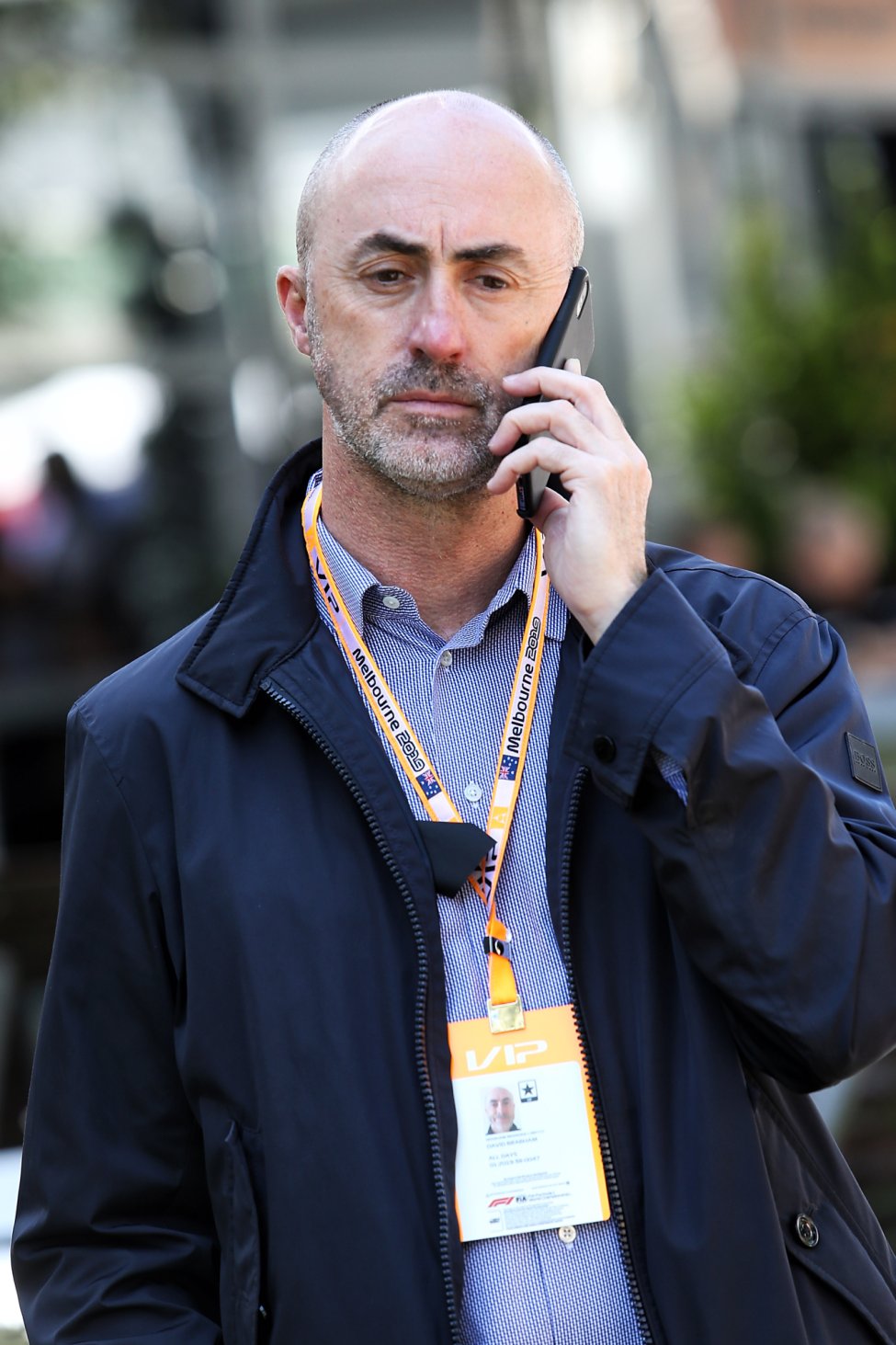
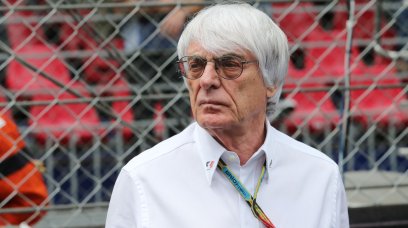
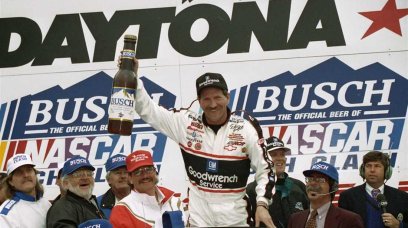

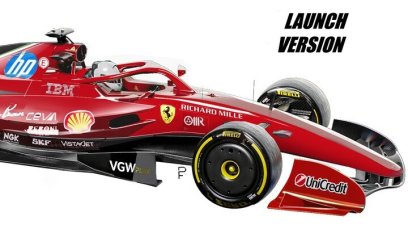

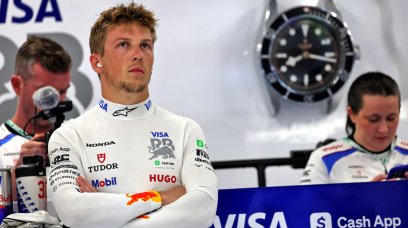
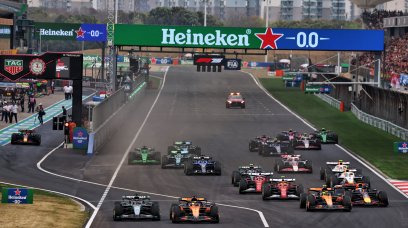
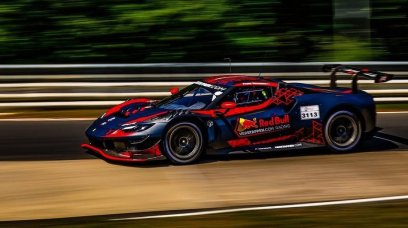


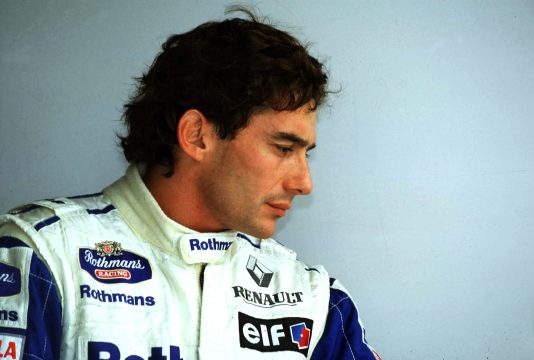
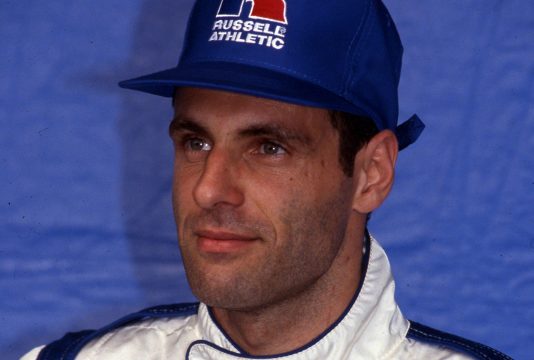
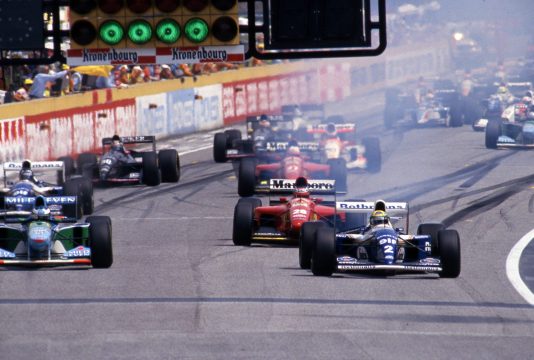
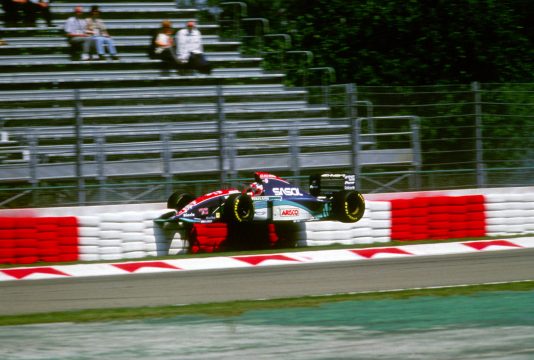
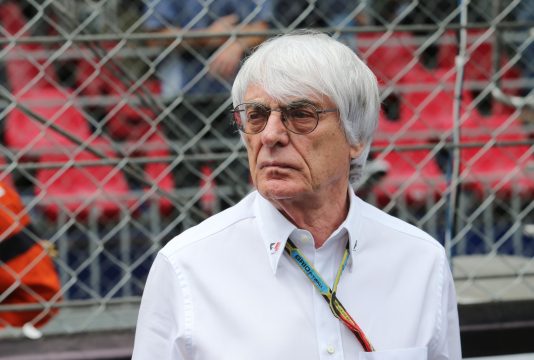

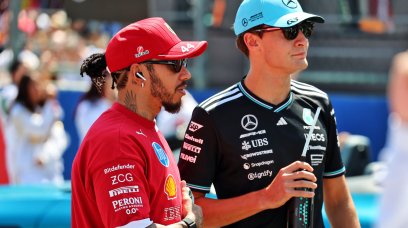
Join the conversation!